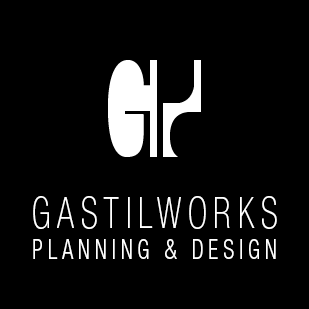-
POSTS
Ray Gastil speaks on post-industrial transformation. Metropolitan Innovation Summit Ruhr 2022. Dortmund, Germany. Ray Gastil consults on Strategic Design Guide for improving regional highway corridors. Working with Civic Design and Planning LLC, Michael Baker International, and the Quaker Valley Council of Governments, contributed to the charrettes, study and report on “Redefining Regional Highways Corridors: Strategic Design…
